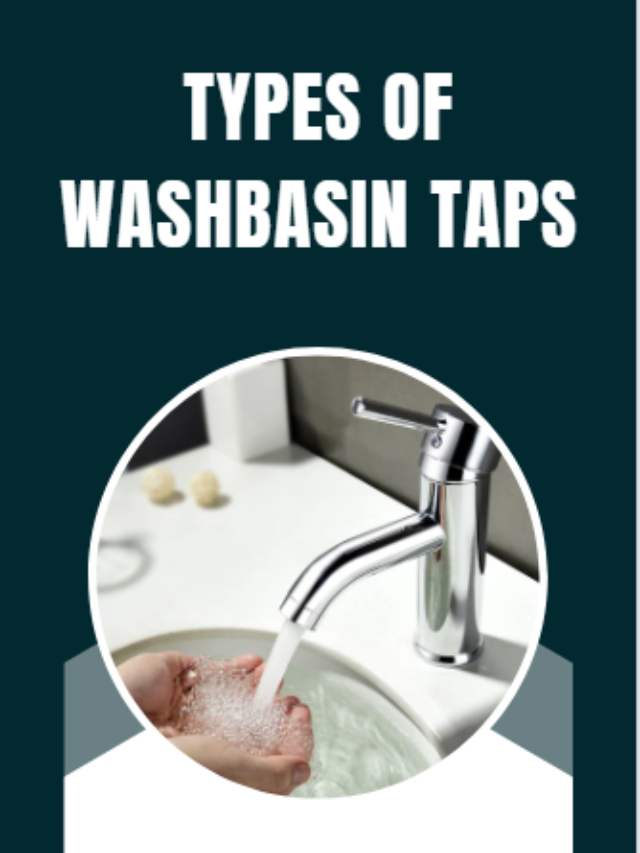What is the Best Way to Clean Kitchen Floor Tiles?
What is the Best Way to Clean Kitchen Floor Tiles?
Kitchen floors hold the utmost importance in your home, both for aesthetic and hygiene purposes. But, due to the constant wear and tear that these tiles go through, they can quickly become dirty and stained. So, how do you keep them clean and make them last for a lifetime?
Here, we will explore the best ways to wipe kitchen floor tiles without damaging them or exposing yourself to harsh chemicals. The guide looks at various methods to tackle different types of dirt, grime, and residue – all while giving your tiles a thorough but gentle clean. Read on to find out more.
How Often Should You Clean Kitchen Floor Tiles?
Tile floors are known for being easy to clean, but if not done correctly, they can become dull and grimy. When cleaning your tile floor, the frequency depends on a few factors. If you have a busy household with children and pets, you must maintain the floor more often than someone who lives alone. Foot traffic can also affect how often you need to clean your tile floor.
The best way to clean them is by sweeping or vacuuming daily to prevent dirt and debris from building up. You should mop your tile floor once a week using a mild soap or cleaner designed for tile floors. Rinse the floor well after mopping to remove any residual cleaner. In addition to the tiles, clean the grout once or twice every two to three months.
No matter how often you clean your kitchen floor tiles, it is vital to do so gently and avoid using harsh chemicals or scrubbing too hard. This can damage the finish on your tiles and make them more challenging to keep clean over time.
The Easest Guide to Clean Kitchen Floor Tiles
Kitchen floors made of ceramic or porcelain tiles can last a lifetime if taken care of appropriately. Cleaning tiles is a relatively low-maintenance task than maintaining other flooring types, including marble, vinyl, or hardwood. All you need is warm water, tile-friendly cleaner, and a chamois rag to keep them lustrous for years.
Here’s a step-by-step guide on cleaning floor tiles in the least possible time. Follow the instructions and extend the lifespan of your kitchen flooring.
- Sweep the kitchen floor before cleaning
Before using tile cleaners or other solutions to remove the toughest stains, sweep or vacuum the kitchen floor to remove the hard-to-see grime and dirt buildup. Choose the microfiber duster to get the best result, as it picks up dirt and grime quickly. Get into the corners first, where dust particles usually get piled up. If you are not into mopping, then go for vacuum cleaning your kitchen floors.
- Use the tile-friendly cleaner to remove tough stains
Once you are done mopping, it’s time to clean the toughest stains from your kitchen floors. You can either go for market-based cleaners or home-based solutions to get the job done. Whatever option you choose, mix it with warm water and use the soft microfibre cloth or a chamois rag to scrub the floor.
Warm water will help to loosen any dirt or grime stuck to the tiles, making them much easier to clean. Plus, it will also help to remove any stubborn stains.
- Always mop and scrub gently and evenly
While tiles are easy to clean and maintain, they are prone to scratches and cracks if scrubbed hard. Remember that hard and uneven mopping does more damage than good. Hence, it is always suggested to follow a pattern as you move through the kitchen and get the best result.
Do not forget to change the water regularly, as there’s no point in mopping your kitchen floor with dirty water. If you notice a haze after cleaning tiles, then prefer applying a mixture of white vinegar and hot water to bring back the shine.
- Don’t forget to clean the grout
Cleaning grout lines is one of the most critical yet overlooked steps of the kitchen floor cleaning process. The best way to clean grout is with baking soda and water. Mix them in equal parts, and then use a brush to scrub the grout. You can add vinegar to the mixture if the baking soda isn’t quite doing the trick.
If you are not much inclined to home-based remedies, use the cleaner explicitly made for grout. Let it sit for a few minutes, and rinse it off. Whatever option you choose, ensure using gloves to protect your hands.
- Use a clean cloth to dry the floor
Certain floor tiles are prone to forming water spots; hence, you should dry them using a clean, dry cloth after mopping to make the most of your hard work. Always opt for a soft, microfibre cloth to avoid spots or scratches.
Summing Up
Keeping kitchen floor tiles clean doesn’t have to be complicated. Regular maintenance, such as sweeping and mopping, can keep dirt and grime from building up between the cracks of your tile while preserving its shine and luster for years.







